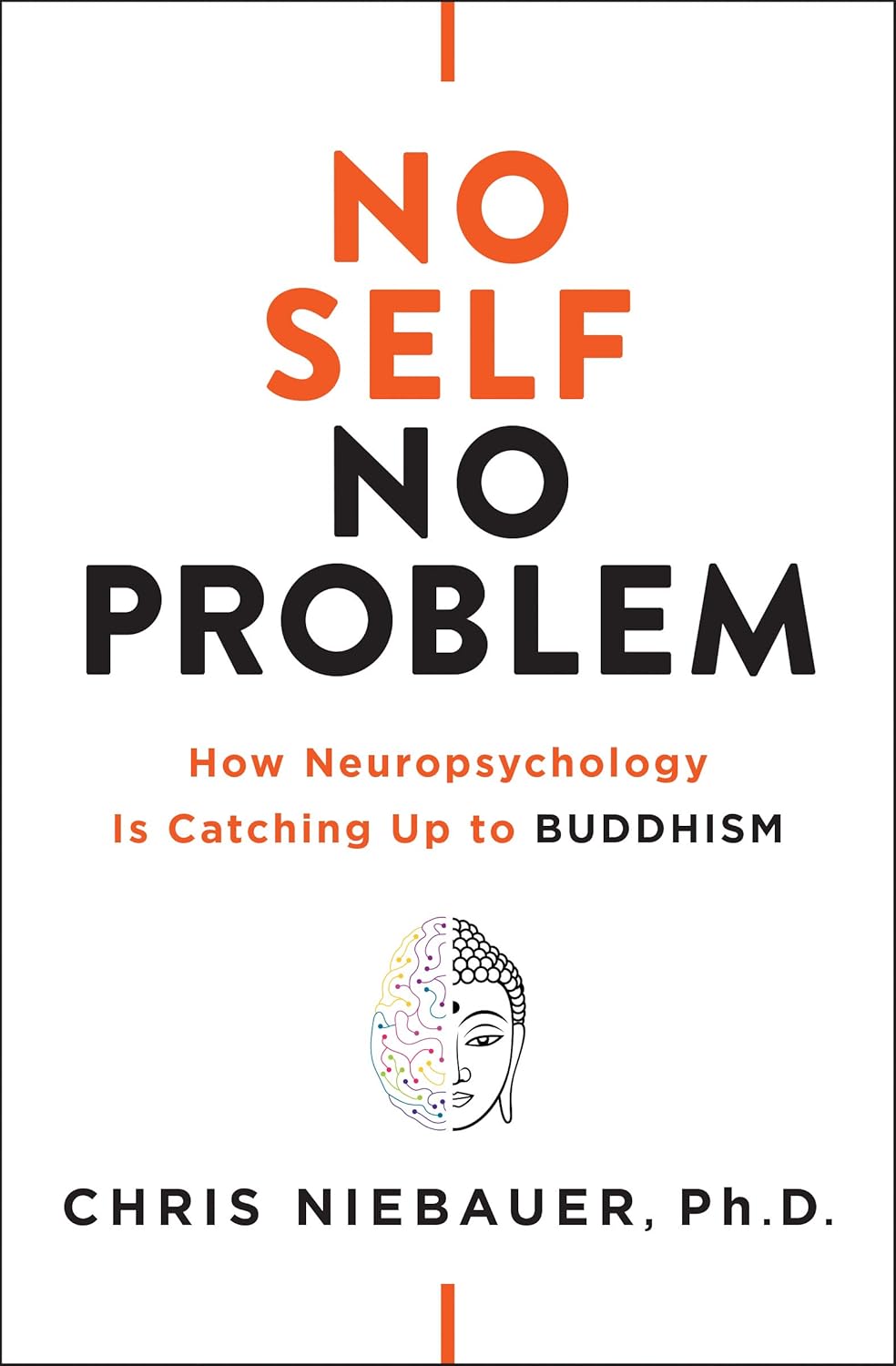Book Review: No Self, No Problem by Chris Niebauer
As an avid reader with a passion for exploring the intersections of science and spirituality, I was immediately drawn to Chris Niebauer’s No Self, No Problem. The intriguing premise of linking contemporary neuroscience with ancient Buddhist philosophy promised a fresh perspective on the human experience. I was excited to dive into this 184-page exploration that boldly claims our sense of self is but an illusion created by the left side of our brains.

The book kicks off with Niebauer recounting his early days in graduate school during the 1990s, where he began to notice parallels between the latest psychological discoveries and Eastern philosophies. Initially dismissed by his professors, Niebauer later achieved his PhD and a tenured position, ultimately finding that his once-dismissed ideas had gained traction. The premise of No Self, No Problem revolves around the Buddhist doctrine of Anatta, or “no self,” asserting that our ego is a mere construction of the left brain.
Positives
One of the book’s standout features is its accessibility. Niebauer writes in a straightforward manner, making complex topics digestible for readers without a background in psychology or neuroscience. As one reviewer noted, it’s "free of jargon," an attribute that made my reading experience enjoyable. The author’s ability to merge scientific principles with philosophical teachings creates a stimulating dialogue that lends credence to both viewpoints while providing readers a rich framework for self-exploration.
Another significant aspect of the book is the practical exercises and reflections Niebauer incorporates. These allow readers to engage with the material on a personal level, prompting experiences of self-discovery rather than mere intellectual understanding. For instance, Keith’s review highlighted the book as "a great way to view scientific discoveries," which mirrors my sentiments about viewing neuroscience through the lens of Eastern thought.
Drawbacks
However, the book is not without its flaws. While Niebauer introduces fascinating ideas, some readers, like Brian, mentioned feeling that there were "jumps to conclusions" at times. I found myself echoing this sentiment in certain sections where the author presented possibilities that felt somewhat unfounded. For a book grounded in scientific inquiry, it sometimes ventured into speculative territory that seemed less supportive of its own arguments.
Additionally, while I appreciated the extensive bibliography and references to studies, I found that No Self, No Problem could benefit from more depth in exploring certain Buddhist concepts. James, a fellow reader, pointed out that the book could have included more koans and their explanations to enrich the discussion.
Verdict
Overall, No Self, No Problem offers a compelling perspective for anyone interested in the confluence of psychology, neuroscience, and Eastern philosophy. The clarity of writing and practical exercises provide genuinely enlightening moments that can change how we perceive our sense of self and the way we navigate existence. While there are moments where the arguments feel less solid and the depth could be augmented, the engaging narrative and transformative ideas hold their own merit.
In conclusion, I wholeheartedly recommend No Self, No Problem for those curious about the role of self in our lives and what science says about it. Whether you’re well-versed in Buddhist philosophy or completely new to it, this book is sure to challenge your perceptions and provoke thoughtful reflection. It’s a delightful read that offers both insight and practical application, earning a solid rating of 4.5 stars from me.







